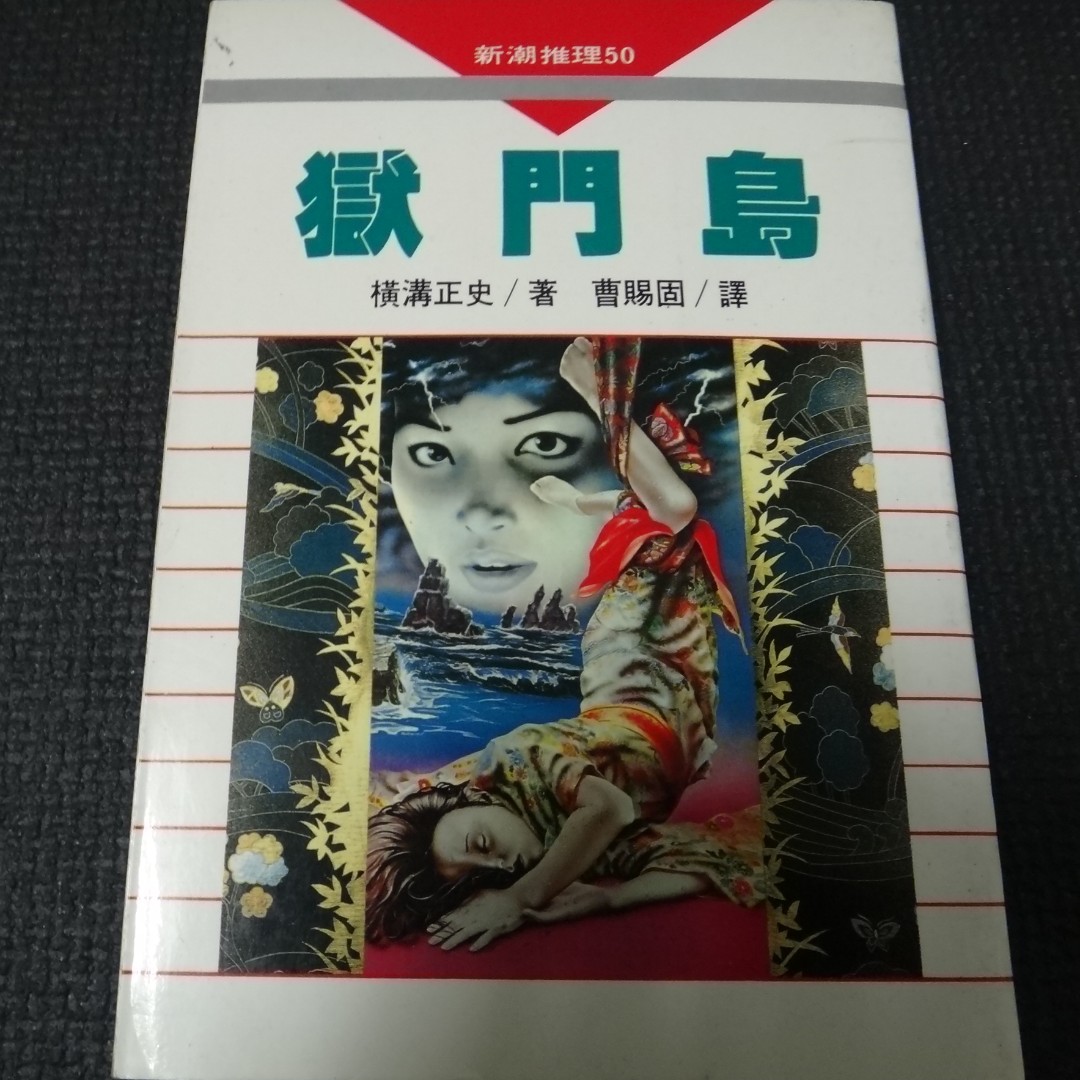Jimmy Carter, on Death ;曹永洋編《死的況味》《死》
“I found I was absolutely, completely at ease about death.”
“I’m going to live again.”
“我發現我對死亡絕對、完全放心。” “我還要再活一次。”
His death created a void in the world, in his community, in his family, according to many who knew him and many others connected to him only through his legacy. Despite that, many in Plains also believed that his death was not an end but a transition to the eternal life that he remembered the pastor preaching about.
That’s what he believed, too.
他還留下了一些東西:在一個以死亡為話題的文化中,死亡常常被視為禁忌,並籠罩在恐懼的氣氛中,他多年來通過寫作、公眾評論和主日學校課程,積累了一系列觀察結果,這些觀察結果相當於對結局的坦誠、清晰、不斷發展的探索。
他在書中描寫了死亡——他寫的書比其他美國總統都多。他在演講和與朋友的通信中討論了這個問題。
這些觀察是他基督教信仰的產物。他的觀點也源於經驗,對死亡的熟悉來自於看到他的許多最親密的家庭成員,包括他所有的弟弟妹妹,都在他之前死去。
他的觀點也受到他自己年事已高的影響。他描述了不可避免的迫在眉睫的感覺,以及堆積如山的健康挑戰,包括已經擴散到大腦的癌症。
2019 年的那天早上,他在主日學說,在2015 年被診斷出癌症後,他認為自己不會活多久。 。他又活了九年。
He wrote about death in books — and he wrote more books than any other American president. He discussed it in speeches and in correspondence with friends.
Those observations were a product of his Christian faith. His perspective also grew out of experience, a fluency with death that came from seeing many of his closest family members, including all of his younger siblings, die before him.
His views were also shaped by his own advancing age. He described the sense of the inevitable looming over him and the health challenges that had piled up, including cancer that had spread to his brain.
「當我 12 或 13 歲的時候,我對此的焦慮變得如此強烈,以至於在每次祈禱結束時,直到我成年之後,在阿門之前我都會添加這樣的話:『上帝,請幫助我相信復活。
“活潑的信心”“Living Faith,” 1996,1996
卡特先生回憶起他年輕時的憂慮,因為在教堂裡了解耶穌基督的受難和復活,以及牧師的佈道,用他的話來說,「所有信徒」將如何「有一天會享受類似的復活」。
“隨著年齡的增長,”卡特先生寫道,“我開始懷疑這是否是真的。”
作為一個男孩,他擔心即使是一絲懷疑都會導致他走向不同的命運,使他永遠與家人分離,尤其是與父母分離。 “這兩個人是我存在的核心,”他寫道,“我無法忍受我不能永遠和他們在一起。”
“By the time I was 12 or 13 years old, my anxiety about this became so intense that at the end of every prayer, until after I was an adult, before Amen I added the words ‘And, God, please help me believe in the resurrection.’”
Mr. Carter recalled the worries he had as a young person, stirred by learning in church about Jesus Christ’s crucifixion and resurrection and by the pastor’s sermons about how “all believers,” as he put it, “would someday enjoy a similar resurrection.”
“As I grew older,” Mr. Carter wrote, “I began to wonder whether this could be true.”
He was concerned as a boy that even an iota of doubt could lead him to a different fate, relegating him to an eternity separated from his family, particularly his parents. “These two people were the core of my existence,” he wrote, “and I couldn’t bear the idea that I would not be with them forever.”
「我意識到我的體力和耐力正在穩步下降,我必須學習如何保存它們,但我欣慰和感激地發現——即使面臨著因肝臟和大腦癌症而早逝的前景——我作為基督徒的信仰仍然堅定不移。
《信仰:所有人的旅程》,2018 年出版
“I realize that my physical strength and endurance are steadily declining, and I am having to learn how to conserve them, but I have found with relief and gratitude — even when facing the prospect of an early death from cancer in my liver and brain — that my faith as a Christian is still unwavering and sustaining.”
“Faith: A Journey for All,” published in 2018
“If I were an amputee, for instance, my prayer would not be to restore my leg but to help me make the best of my condition, and to be thankful for life and opportunities to be a blessing to others. At the moment, we are monitoring the status of my cancer, and my prayers about my own health are similar to this.”
“Faith: A Journey for All”
「當我的其他家人意識到自己患有末期疾病時,他們可以獲得最好的醫療照護。但每個人都選擇放棄複雜的人工生命維持系統,在一些朋友和家人的陪伴下,平靜地死去。
《衰老的美德》,1998 年出版
“When other members of my family realized that they had a terminal illness, the finest medical care was available to them. But each chose to forgo elaborate artificial life-support systems and, with a few friends and family members at their bedside, they died peacefully.”
“The Virtues of Aging,” published in 1998
“If our doctors tell us that we have a terminal illness and can expect to live only another year, or five years, how would we respond? In fact, we confront exactly the same question if we are still healthy and have a life expectancy of fifteen or twenty more years.”
“The Virtues of Aging”
“Perhaps the most troubling aspect of our later years is the need to face the inevitability of our own impending physical death. For some people, this fact becomes a cause of great distress, sometimes with attendant resentment against God or even those around us.”
“The Virtues of Aging”
----
Hadji Murat is a novella by Leo Tolstoy, written between 1896 and 1904, and published posthumously in 1912. It tells a compelling story set during the Caucasian War in the mid-19th century, exploring themes of loyalty, honor, rebellion, and the clash of cultures.
The narrative follows Hadji Murat, a historical figure and a prominent Avar chieftain, who defects from Shamil, the leader of the Chechen resistance against the Russian Empire. Murat’s journey is defined by his quest for revenge against Shamil, his loyalty to his family, and his uneasy alliance with the Russians who harbor distrust toward him. Tolstoy vividly portrays the beauty and harshness of the Caucasus region while delving deeply into the moral and psychological struggles of the characters.
The novella serves as a critique of imperialism and highlights the senselessness of war, reflecting Tolstoy’s moral and philosophical concerns. Its stark contrasts between nature, human ambition, and the harsh realities of conflict make it a timeless and thought-provoking work.
人生是只能走上一趟的征程,無論聖、賢智、愚、不肖、,無論王公富侯、販夫走卒,每一個人都循著生、老、病、死的軌跡,逐漸步向生命的終點。從來沒有一個人越過生死界線後再回來告訴我們冥界的訊息。所以死神籠罩的另一個國度對我們而言始終是一個謎。
傑出的作家以敏銳的觀察和感受寫下死亡繁複細緻的面影,逼令大家正視思考死亡的問題。本書精選著名作家鉤勒此一場景的精心傑作五十篇。相信這些鮮明、生動、深刻的描寫將有助於提升凝視生命的尊嚴,從而去思考人生的真謞和深邃的學意蘊。每篇文字前面由編者撰寫引介,以便讀者迅速掌握作品的來龍去脈,堪稱「死亡文學」的經典著作。
*****






